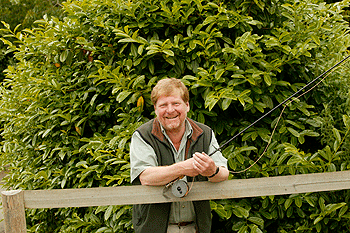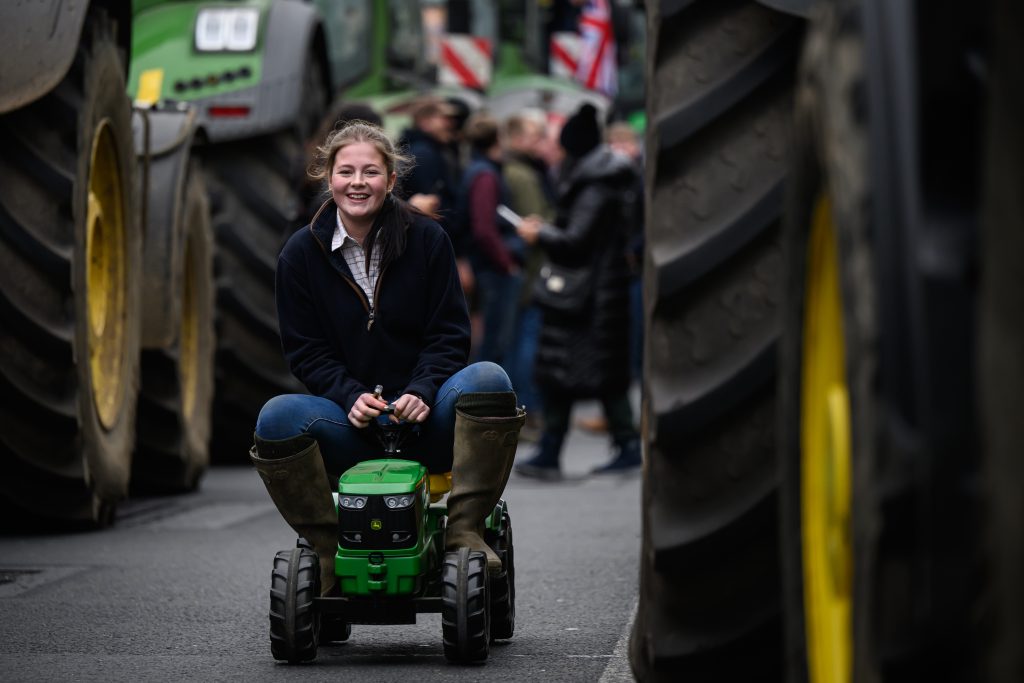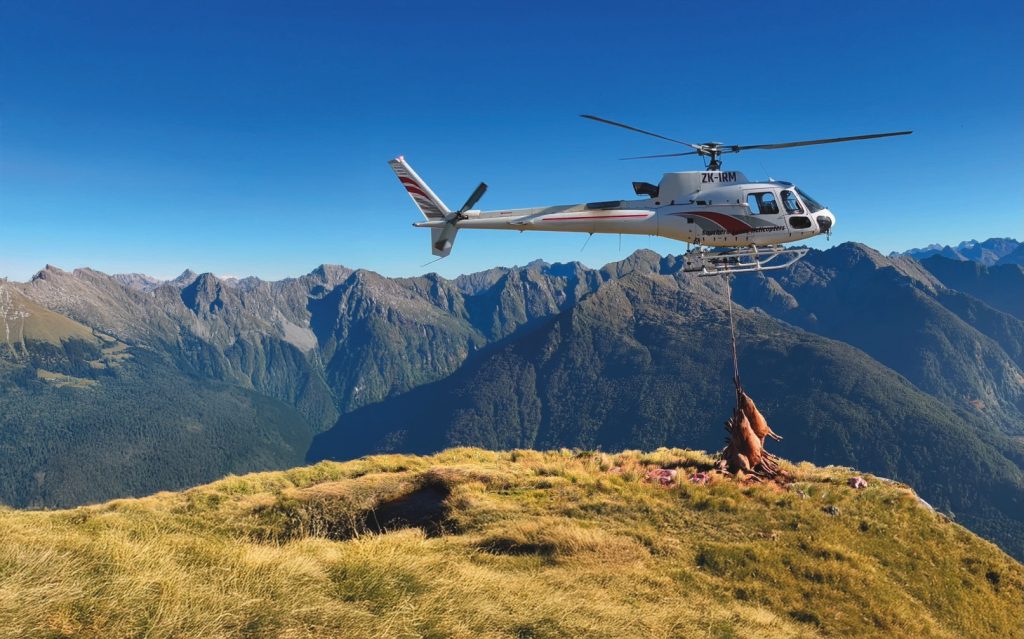Win CENS ProFlex DX5 earplugs worth £1,149 – enter here
Gamekeeper
<strong>The thinnest of seasons highlights the difficulty of running a wild bird shoot</strong>

Thank goodness it’s February. The days are lengthening and the gameshooting season is over at last. There are those who would like it all to carry on for longer, but I am not one of them. For me, it is time to take stock and start working towards next season, and in my case there is something of a recovery to engineer too.
We have just finished our thinnest season in a decade, with only four outings where normally there might be six or seven. As you will remember, last summer was one of the coldest and wettest on record, other than in north-west Scotland. In these conditions, wild pheasant and partridge production were bound to be well below average, and our little shoot was no exception. As many readers will know, it is our deliberate choice to run our Dorset roughshoot on the basis of a genuine attempt at reliance on wild birds, with no releasing even in poor years.
So, during 2012 we have paid the price, but even so, our total pheasant bag was not as low as it was in our first couple of seasons back in the late-1990s. Even then, way back in the building phase, we knew that we could shoot whatever cocks we could find without any real risk of overdoing it, so half a dozen shoots did no harm. Since then, we have come to expect a bit more game, so our one full day and then some scratching about for cocks seemed completely appropriate this season.
Our last outing of the season was the day after the snow came here in the South, and it was wonderful. Some 6in of the white stuff turned our landscape into a winter wonderland, and it was a joy to be out, even if it did mean a certain amount of hard walking through the deeper drifts. By the end of the day, we had worked hard for a handful of cock pheasants, a brace of woodcock, a brace-and-a-half of pigeon, a rabbit and a hare, but there was just enough game for everyone to take a brace of something home.
One special moment came when I was tramping back to collect the shoot truck and bumped into a covey of nine grey partridges. I speculated that they had regrouped after the snow had come, and was pleased to see so many survivors from what I assume was our largest autumn covey of 11. Fingers crossed that they get through the dangers of the late-winter pairing season and stay with us to breed.
Nevertheless, I anticipate that both our partridge pair count and our hen pheasant stock will be down on last spring, and that we can expect that next season will require a bit of restraint if we are to get back to where we want to be for the future. However, I am sure that our very modest season, with hardly a hen shot, stands us in good stead for a rapid recovery.
Much work to be done
And so the work continues, with feeders to top up for three months or so yet, and all of the care that wild breeding game birds need if they are to do well. Quite a few of our feeders will need to be moved too — away from winter feeding sites and on to the breeding territories where our cocks will hope to gather a harem of hens. There are new feeders to deploy as well, to replace some of the oldest and rustiest, which have begun to fall apart.
With the lengthening days of spring already upon us, the number of walkers on our footpaths is sure to increase too, so it is time to renovate our “Welcome” signs. “Your what?” I can almost hear you incredulously ask from here! It’s true, they are part of what I call people management, and it goes like this: rather than having “Private” or “Keep out” signs, we have something that I hope appeals to the better nature of most visitors.
Our signs feature a map of the shoot, with the footpaths marked prominently, little “You are here” arrows, and a few carefully worded sentences. The title says “Welcome to Manor Farm” in large bold letters, and then beneath it reads: Please help us to conserve wildlife on this farm. Our farming policies are designed to help ground-nesting birds and other wildlife. Disturbance by people and dogs can be devastating. Please keep to the marked footpaths and keep dogs on leads. Thank you.
When I suggest that others try this approach, I am often told, “It wouldn’t work here; they would get ripped down.” But that is not the case in my experience. Our little signs are printed on A4 paper on the computer, and simply laminated to keep the rain out. They are then pinned to sturdy, purpose-built sign boards, with stout posts driven well into the ground. We have four in total, and I have never found more than one ripped off its board when I come to carry out the annual replacement.
Related Articles
Get the latest news delivered direct to your door
Subscribe to Shooting Times & Country
Discover the ultimate companion for field sports enthusiasts with Shooting Times & Country Magazine, the UK’s leading weekly publication that has been at the forefront of shooting culture since 1882. Subscribers gain access to expert tips, comprehensive gear reviews, seasonal advice and a vibrant community of like-minded shooters.
Save on shop price when you subscribe with weekly issues featuring in-depth articles on gundog training, exclusive member offers and access to the digital back issue library. A Shooting Times & Country subscription is more than a magazine, don’t just read about the countryside; immerse yourself in its most authoritative and engaging publication.







